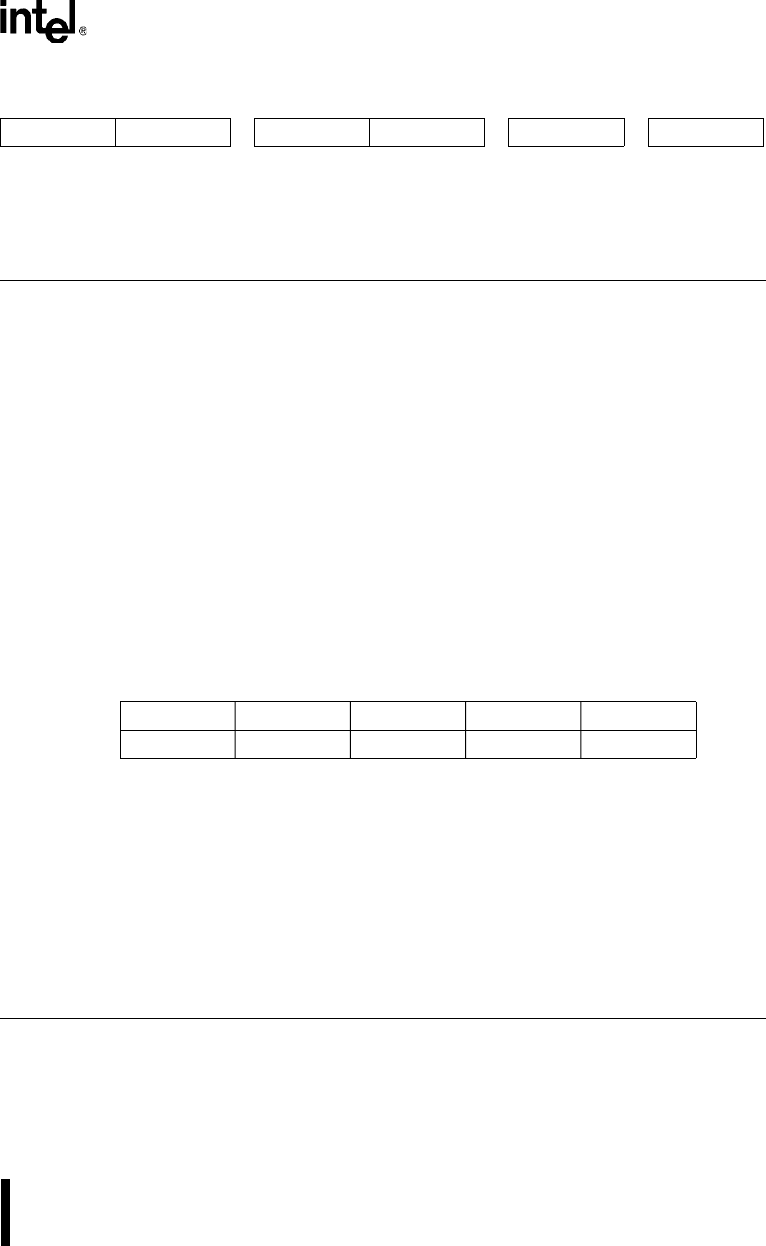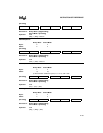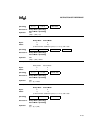
A-127
INSTRUCTION SET REFERENCE
[Encoding]
Hex Code in: Binary Mode = [A5][Encoding]
Source Mode = [Encoding]
Operation: SUB
(Rm) ← (Rm) – ((DRk))
SUBB A,<src–byte>
Function: Subtract with borrow
Description: SUBB subtracts the specified variable and the CY flag together from the accumulator,
leaving the result in the accumulator. SUBB sets the CY (borrow) flag if a borrow is needed
for bit 7, and clears CY otherwise. (If CY was set before executing a SUBB instruction, this
indicates that a borrow was needed for the previous step in a multiple precision subtraction,
so the CY flag is subtracted from the accumulator along with the source operand.) AC is set
if a borrow is needed for bit 3, and cleared otherwise. OV is set if a borrow is needed into bit
6, but not into bit 7, or into bit 7, but not bit 6.
When subtracting signed integers the OV flag indicates a negative number produced when a
negative value is subtracted from a positive value, or a positive result when a positive
number is subtracted from a negative number.
Bit 6 and bit 7 in this description refer to the most significant byte of the operand (8, 16, or 32
bit).
The source operand allows four addressing modes: register, direct, register-indirect, or
immediate.
Flags:
Example: The accumulator contains 0C9H (11001001B), register 2 contains 54H (01010100B), and
the CY flag is set. After executing the instruction
SUBB A,R2
the accumulator contains 74H (01110100B), the CY and AC flags are clear, and the OV flag
is set.
Notice that 0C9H minus 54H is 75H. The difference between this and the above result is due
to the CY (borrow) flag being set before the operation. If the state of the carry is not known
before starting a single or multiple-precision subtraction, it should be explicitly cleared by a
CLR CY instruction.
Variations
SUBB A,#data
Binary Mode Source Mode
Bytes: 22
States: 11
1 0 0 1 1 1 1 0 u u u u 1 0 1 1 s s s s 0 0 0 0
CY AC OV N Z
✓✓✓✓✓


















